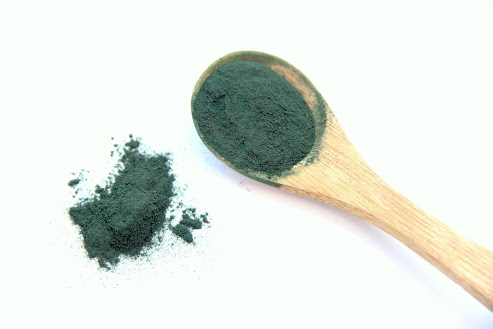The female body is an amazing machine. Strong, durable, soft, and beautiful, this vessel is unlike any other. As women age, their bodies can change in significant ways and as time goes by there is the potential for much to go wrong, and for certain health conditions to develop.
Due to this, it is important that all women get certain health screenings and at particular times. For women 40 and over, there are tests both appropriate and extremely important that need to be taken to ensure you maintain your optimal health and wellness.
Take charge of your life and your health by running through this checklist of important health screenings.
Why Health Screenings Are Important
Health screenings are put in place to help doctors check for diseases and conditions that can crop up as you age.
The aging process is one of the main catalysts for the development of illness because the immune and other bodily systems are slowing down. Though your body may be physically slowing down, your life certainly isn’t. Don’t get blindsided by a serious diagnosis or a life-altering condition by staying on top of important health screenings for women 40 and over.
One of the most important reasons for the existence of these screenings is that early detection often saves women’s lives. One of the best examples of this is breast cancer.
The American Cancer Society cites this data from the National Cancer Institute’s SEER database as to the 5 year relative survival rate of breast cancer patients in various stages of cancer. Stage 0 is early onset, and it graduates up to the most sever stage, which is, stage IV.
Stage 0 - 100%
Stage I - 100%
Stage II - 93%
Stage III -72%
Stage IV - 22%
As you can see, survival rates get lower and lower as stages progress. This is the key to early detection, and does ensure a much higher success rate for various treatment methods.
According to the National Breast Cancer Foundation, Stage 0 breast cancer, medically termed ductal carcinoma in situ (DCIS) is a non-invasive cancer that is characterized by abnormal cells that have grown in the lining of the breast milk duct. In Stage 0, the cancer cells have not yet spread to the surrounding breast tissue, and is considered to be very treatable. And this is where early screenings come into play because if not detected, and therefore treated early on, the cancer will spread to the surrounding tissue and result in the development of cancer into the more dangerous stages.
Necessary Screenings
Ø Mammogram: A mammogram is performed to check the breasts for cancer. This procedure usually begins at age 40 and is performed every one to two years. If a woman has certain risk factors, such as, family history, mammograms may need to be performed more often.
Speak with your doctor about how often this procedure must be done and make an appointment as soon as possible. Women who neglect to get this screening may increase their risk of developing cancer or other problems and can miss out on all the benefits of early detection. It is better to be safe than sorry, so contact your doctor today.
Ø Clinical Breast Exam: Complementary to a mammogram, a clinic breast exam is an extra precaution performed by a nurse, nurse practitioner, physician assistant or doctor. Though mammograms are quite effective, most women should use both exams to ensure optimal safety and assurance.
Women usually begin receiving this exam at age 20 and it is repeated every one to three years for women between 20 and 40 years of age. This test may be able to detect lumps and other signs of breast cancer. This same exam can be used at home by women to check for lumps or changes in breasts, and is referred to as a breast self-exam.
Ø Pap Smear and Pelvic Exam: This exam checks for cervical cancer and usually begins at age 21 for most women, especially if they are sexually active. This procedure is meant to detect any signs of cervical cancer so that doctors can treat or possibly prevent the disease from developing. This procedure should be performed every three years unless recommended otherwise by your doctor.
Ø Colonoscopy: This procedure is absolutely necessary for women over 40. The starting age is usually 50 unless otherwise specified by your healthcare provider. This screening involves the insertions of a long, flexible instrument into the rectum in order to view the inside of the colon. It may sound uncomfortable, but, this test is necessary for detecting signs of colon cancer such as polyps and other growths. Unless there are certain risk factors in place, this test is only needed once every 10 years.
For a complete list of women’s health screening tests, speak with your doctor. Some women may require more tests than others while others may need less. It all depends on you as an individual and your medical and genetic health history.
Remember that as a woman, you have the responsibility to take care of your body and your life. Don’t let health problems sneak up on you by being underprepared.
Stay on top of your medical care, and speak with your doctor, ask questions and remain in tune with your body to ensure your good health.












